If you would like to tell your story, please fill out the questionnaire at the link.
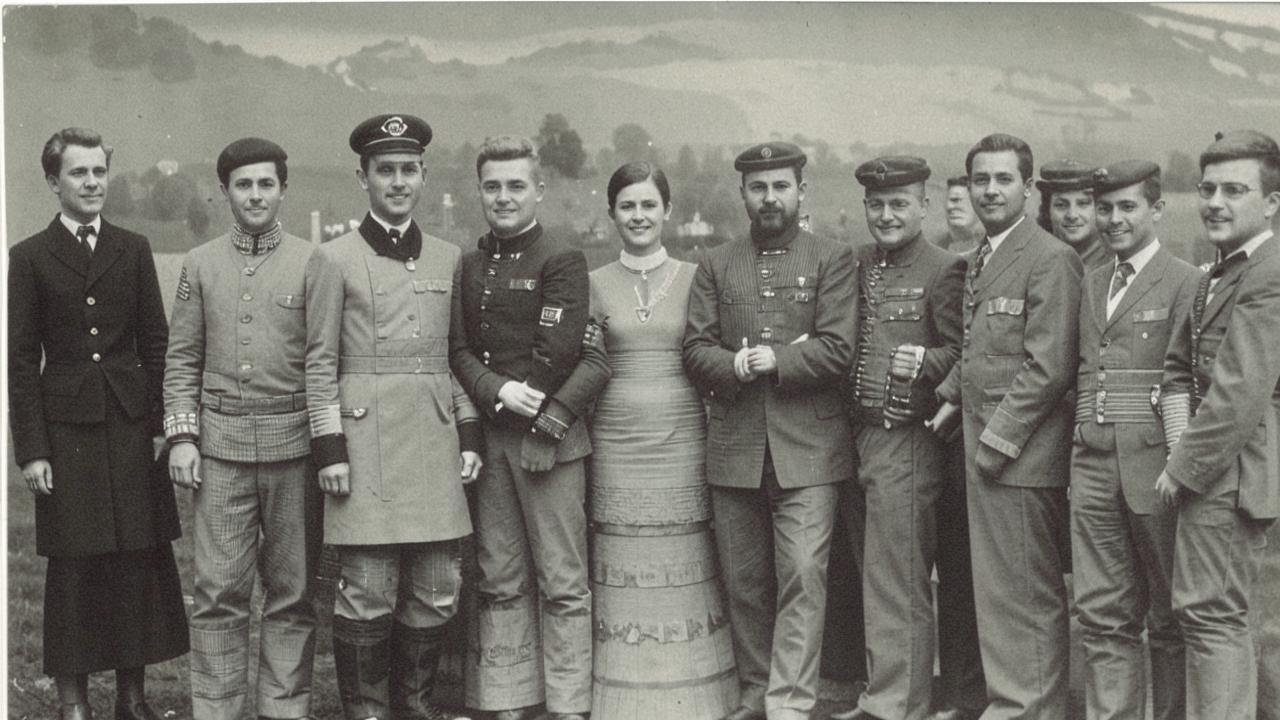
fitness blogger, expert nutritionist
My name is Polina Grom, I am a fitness blogger and also an expert on various platforms. I have been involved in sports since I was 14 years old, and now professionally crossfit. I work on creating a healthy and competent diet for my mentees, telling them how to build a diet based on their goals, without prohibitions and restrictions.
年龄 21 years
City: Bryansk
Profession and position: fitness blogger, nutriciologist, trainer.
Family: I live alone
Height: 169 cm
Weight: 55 kg
Body build: athletic
Physical activity: quite active lifestyle – four or five strength training sessions a week + walking at least 10 thousand steps a day. On days separate from strength training, mandatory cardio exercises.
Where do I start to make a correct and balanced diet? With the right food basket. The basis of a healthy diet, which will satiate and give maximum benefit, is a balance of proteins, fats, carbohydrates and fiber. If you don’t have the right grocery basket, you won’t be able to build a diet because you don’t have the necessary “building blocks”.
How I make a grocery list
Before going to the store, I make sure to write a grocery list based on my calorie, protein, fat, and carbohydrate (calorie, protein, fat, and carbohydrate) allowance. Such a list helps me to buy everything according to the plan and not get distracted by unnecessary products, which also saves money.
I estimate in advance how many products I need and from which group.
Protein
Protein group:
- poultry fillet – 400 g (250 rubles);
- white fish – 400 g (250 rubles);
- hard cheeses (up to 35%) – 200 g (150 rubles);
- eggs – 10 eggs (70 rubles);
- seafood – 300 g (200 rubles);
- cottage cheese 5% – 300-400 g (150 rubles);
- Greek yogurt – 4 pieces (200 rubles);
- soft cottage cheese up to 5% – 4 pieces (150 rubles).
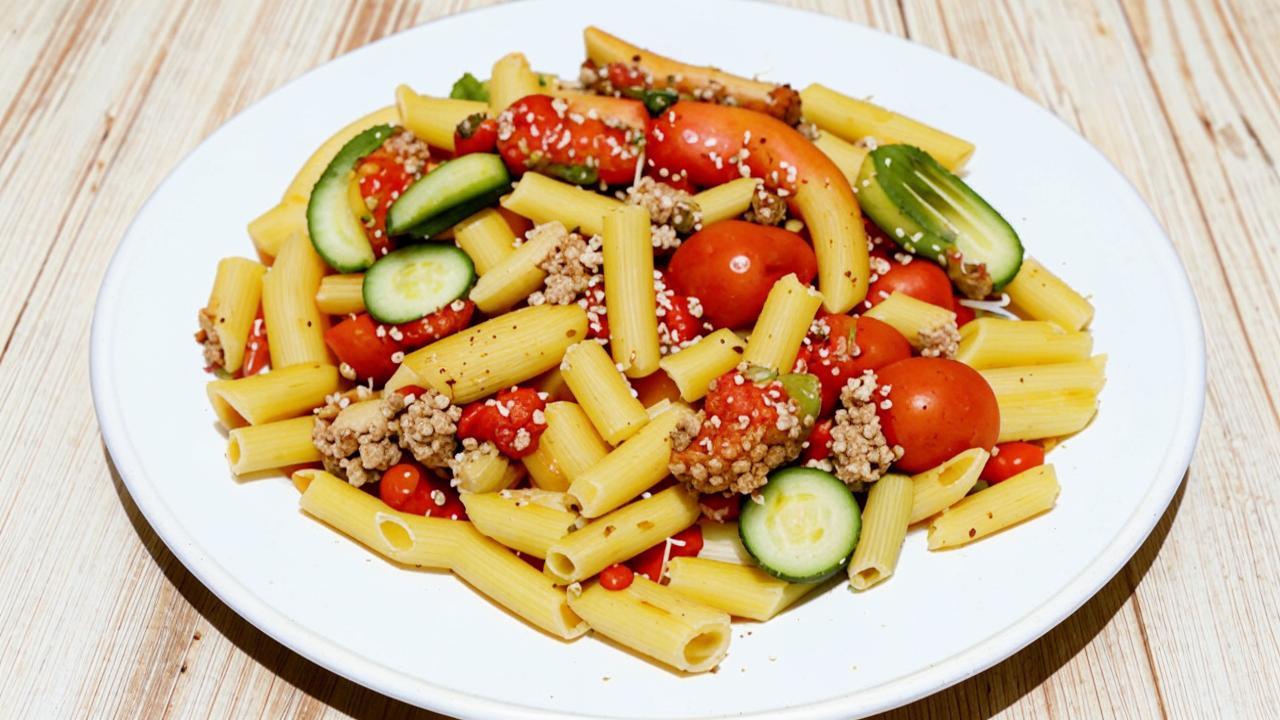
Total for products that contain protein is 1,420 rubles.
Fats
The next group is fats:
- vegetable oils – 500-1000 ml (500-1000 rubles);
- nuts – 200 g (150 rubles);
- seeds – 200 g (200 rubles);
- avocado – 500 g (200 rubles);
- red fish – 250 g (300 rubles).
My total for fats is 850 rubles.
I buy vegetable oil once every few months, so I will not include this product in my weekly grocery basket.
Carbohydrates
Here with carbohydrates you need to be extremely careful. It is worth giving preference to complex ones, as they better saturate the body:
- buckwheat groats – 500 g (80 rubles);
- potatoes or yams – 800 g (250 rubles);
- hard pasta – 200 g (70 rubles);
- bread – 2 pieces (100 rubles);
- bread – 2 pieces (100 rubles);
- oat groats – 500 g (70 rubles).
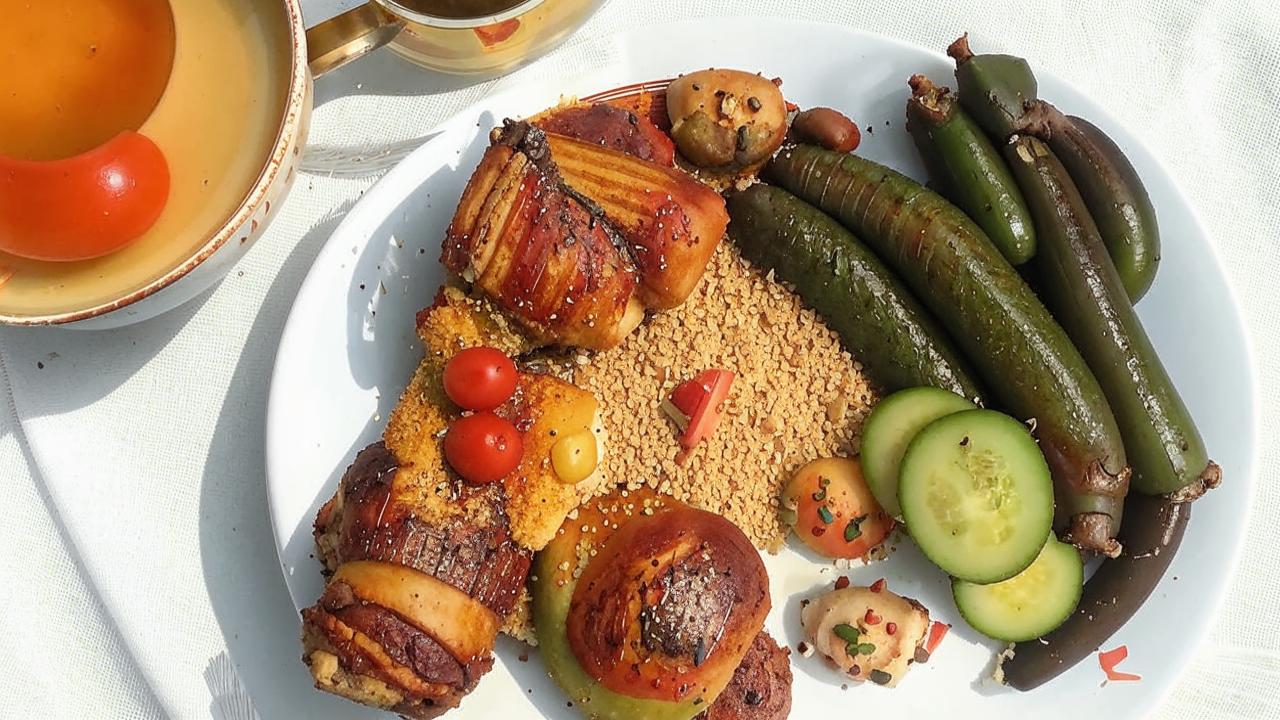
Total carbohydrates cost 670 rubles.
Vegetables and fruits
They should be in the daily diet – about 300-500 g per day. Therefore, I take 2 kg of various vegetables. As a rule, it is cabbage, tomatoes, cucumbers, broccoli. And about 800 g of fruit: apples, bananas, pears.
I spend another 400 rubles on this group .
The total cost of my grocery basket for the week is 3340 rubles. This is quite a reasonable price, plus you get a balanced diet and quality products.
What I eat during the day
And now I will show you by example how these products can be combined in the diet to get a balance of proteins, fats, carbohydrates and fiber. Here is an example of my 1900 kcal diet for the day.
Breakfast
- Rice porridge on milk – rice groats 50 g with milk 3.2% 200 g
- Banana – 1 pc.
- Peanut paste -10 g
- Boiled egg – 1 pc.
- Coffee or tea
- Chocolate – 10 g
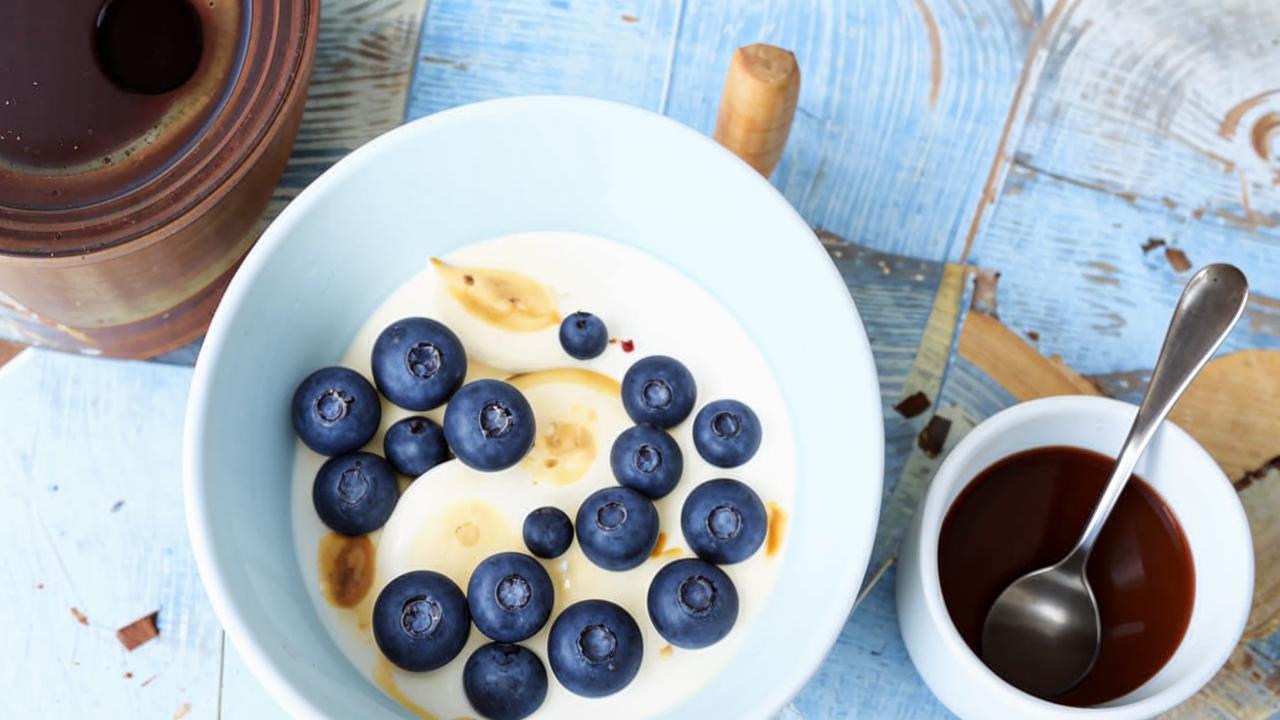
KBJU: 581 kcal, 20/20/81.
Here are representatives from each nutrient group:
- carbohydrates – cereal, banana, chocolate;
- fats – peanut paste, egg;
- proteins – egg, milk.
Similar breakfasts satiate well and give a boost of energy for the day. This meal also has enough dietary fiber (banana and rice cereal).
I added chocolate because I don’t see the point in banning my favorite foods. If they are properly and dosed to include them in the diet, they do not carry anything terrible.
Lunch
Macaroni with meat and mushrooms under cheese with vegetable salad:
- pasta – 60 g in dry form;
- turkey fillet – 150 g
- mushrooms – 80 g
- 15% cheese – 30 g;
- salad of various vegetables or just vegetables – 300 g;
- olive oil;
- coffee or tea;
- sweet breads – 1 piece.
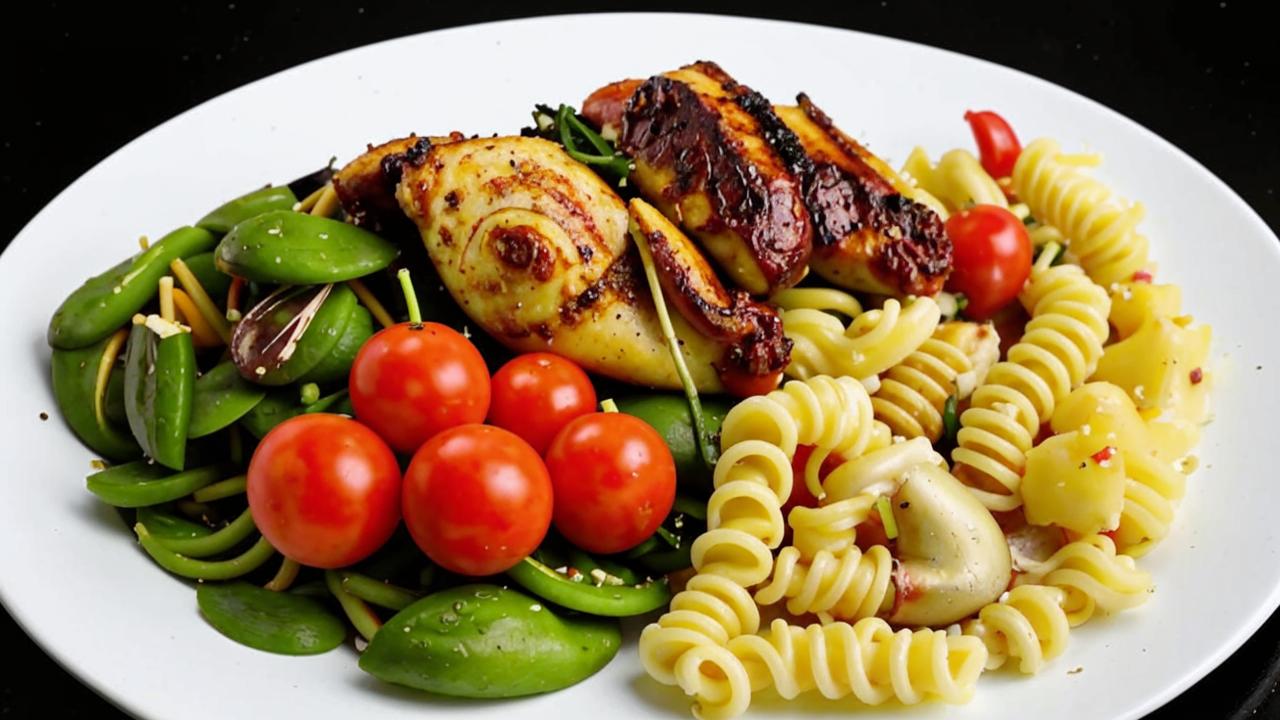
KJU: 558 kcal, 47/16/60.
This meal is also balanced in terms of the BGU, because there are representatives from each food group:
- proteins – turkey, mushrooms, cheese;
- carbohydrates (complex) – pasta, mushrooms, salad;
- carbohydrates (simple, tasty) – bread;
- fats – olive oil, cheese;
- fiber – vegetable salad.
The salad will give a sense of satiety and increase the bulk of the meal.
Snack
- Greek yogurt without additives – 140 g
- Nuts – 10 g
- Apple – 1 pc.

In such yogurt you can add sugar substitutes with different flavors (if you want a sweeter taste), syrups (preferably without calories – they are also sweet and give a brighter taste).
KBJU: 220 kcal, 13/8/22.
This meal can be considered as a dessert. Products can be eaten separately, you can mix them and get a tasty and simple dish:
- proteins – yogurt;
- fats – nuts;
- carbohydrates – yogurt, apple;
- fiber – apple.
Dinner
- Boiled squid – 100 g
- Mashed potatoes – 150 g
- Salad of various vegetables or just vegetables – 250-350 g
- Sour cream dressing – 2 tbsp.
- Tea
- Sandwich: bread 40 g with cottage cheese 20 g and turkey ham 30 g
KBJU: 437 kcal, 25/12/55.
By nutrient groups the products are distributed as follows:
- proteins – squid, turkey ham;
- carbohydrates – potatoes, salad, bread;
- fats – sour cream, cottage cheese;
- fiber – vegetables, potatoes (a little).
This is an example of a balanced diet for the day. In addition, I tried to clearly show how the diet can include certain goodies. I think the general logic is clear.





